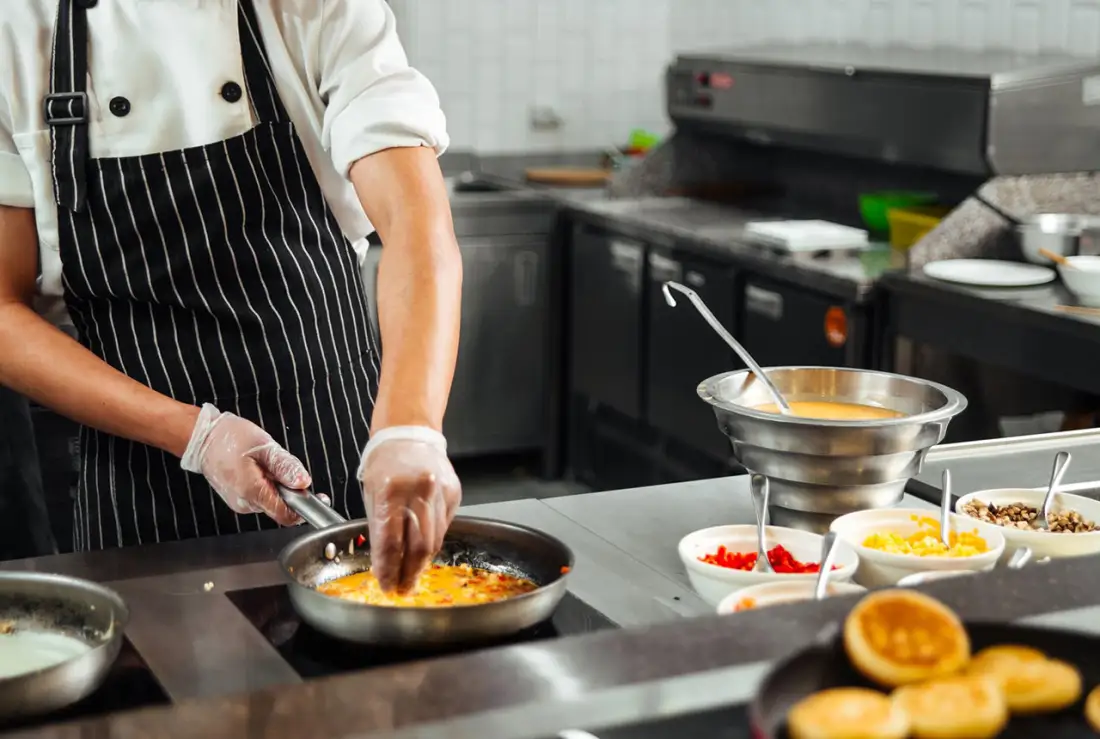Your journey to energy efficiency starts here
Discover free tailored tools and resources to help your food and beverage service business save money and be more energy efficient. EECA’s food & beverage service pathway is supported by Hospitality New Zealand.
Sizzling with electricity
In a move to being energy efficient, Executive Chef Stuart Marsden and his team at East restaurant in Auckland embarked on a journey to integrate induction wok cooking into their high-performance kitchen.
This case study explores how the restaurant's transition from gas to electric wok cooking not only reduced energy consumption but, surprisingly, enhanced the flavour of their dishes.
The impact of the food & beverage service sector
- The food and beverage service sector is the largest sector within the hospitality industry. It includes around 25,000 cafes, restaurants, food trucks, pubs and bars, fast-food outlets and nightclubs.
- Data from Hospitality New Zealand shows that the Aotearoa hospitality sector accounts for about 2% of the country's GDP, generating around $6.4 billion. It employs approximately 165,000 people, or 6% of all New Zealand workers.
- In 2022, Accommodation and Food Services sector saw 15% of all energy consumed related to commercial ovens and cooking elements and 22% related to refrigeration systems. The main energy use is in kitchens for refrigeration followed by ovens and cook tops.
- This pathway focuses on energy management practices for food and beverage service operations, improving energy efficiency and helping to reduce costs.
Tools and resources
These dedicated tools and resources have been designed by industry experts especially for the food & beverage sector.
This pathway will identify, measure, optimise and reduce energy demand in your business. Work your way through them at your own pace, put the lessons into practice, and start seeing results.
3 steps to reduce your carbon footprint
The Food & Beverage Sector Pathway starts with energy efficiency. The end goal is to move away from fossil fuels, but by first taking steps to improve existing processes, equipment and operations, your transition will be more efficient and more cost effective.

Step 1: Measure emissions and set targets
Knowing what to measure and how to measure it is an important step in reducing carbon emissions. In this section, find resources and tools to measure emissions and see how you can set targets.
Step 2: Optimise equipment and improve processes
Reviewing and adjusting the way your equipment is performing can be a big win for energy reduction, cost reduction, and increased productivity.
Step 3: Demand and emission reduction opportunities
New technology or upgrades to existing processes can reduce energy demand. This step looks at equipping businesses with the latest innovations in their space to reduce the demand for energy.
Wayfinder
-
Stay up to date as we release new resources
-
Find other support opportunities
-
Browse sector pathways



